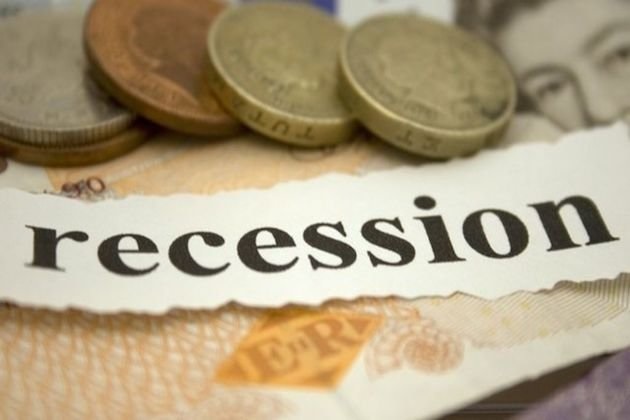While the UK was already braced for a difficult year in 2022, GDP performance has so far fallen below the economists’ predictions. This is particularly true for quarter-on-quarter forecasts, with Q2 expected to deliver a flatline performance with no growth at all.
Despite this bleak outlook, however, the UK economy actually contracted sharply by 0.3% in April, pushing the UK to the brink of a technical recession against the backdrop of rampant inflation, stagnant wages and the rising cost of borrowing.
While we have yet to see whether a technical recession ensues, economists are in no doubt that the immediate financial future is bleak for millions of households. But will the UK fall deeper into recession towards the end of 2022, and is there any hope for the future?
The Cost-of-Living Crisis
Make no mistake; it’s the wider cost-of-living crisis that continues to push the UK to the precipice of a technical recession, as this is underpinning a fundamental lack of growth and little to no discretionary spending.
According to a leading think tank (the National Institute of Economic and Social Research), real disposable incomes will fall by a staggering 2.5% through 2022, while remaining 7% below their pre-Covid levels until the end of 2026.
This is being described by experts as a period of sustained ‘stagflation’, which is characterised by rampant inflation (which is projected to reach 13% in October), the rising cost of borrowing and a subsequent recession.
Even if the UK avoids a technical recession in Q3, a further projected contraction of 0.2% will exacerbate the current economic climate and make life increasingly difficult for households and businesses alike.
Things to Get Worse Before They Improve – But is There Hope on the Horizon?
According to most think tanks, the cost-of-living crisis is also being underpinned by geopolitical uncertainty and the war in Ukraine, which has also had a direct impact on the cost of fuel and energy in the UK.
With a further energy price cap hike scheduled for October, the cost of gas and electricity could rise by 82% in time for Q4. It’s this that will send inflation soaring towards 13%, and the highest level since the mid-1970s.
With this particular crisis unlikely to be resolved any time soon, it’s widely thought that stagflation and the threat of a recession will extend well into 2023.
In fact, the UK could find itself in a state of technical malaise for more than 12 months, with inflation not projected to return to its target level of 2% until some point in 2024.
While the projection that inflation will return to normal by the end of 2024 offers little comfort or certainty to either households or investors (apart from those who look to leverage short-term volatility through CFD trading), this does at least offer some hope and light at the end of an increasingly bleak tunnel.
It must also be hoped that the incoming Prime Minister can work with the BoE to provide relief to households in the short-term, while hopefully offering at least some kind of economic stability in the process.

No comments:
Post a Comment